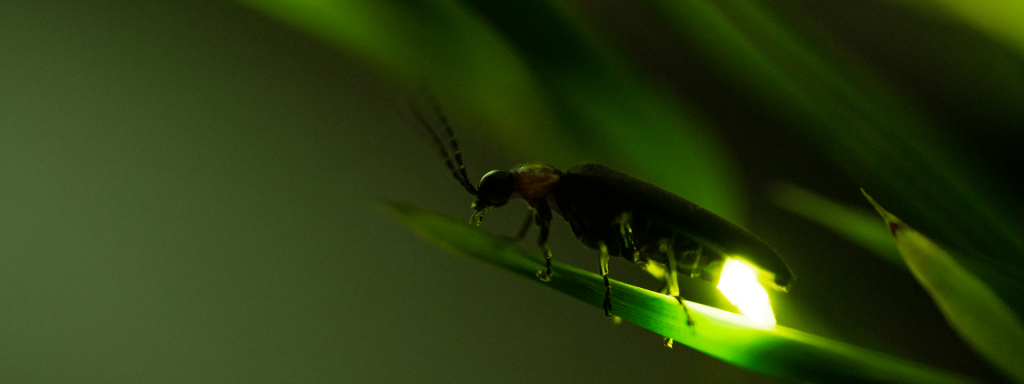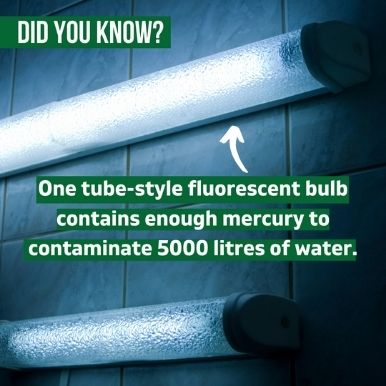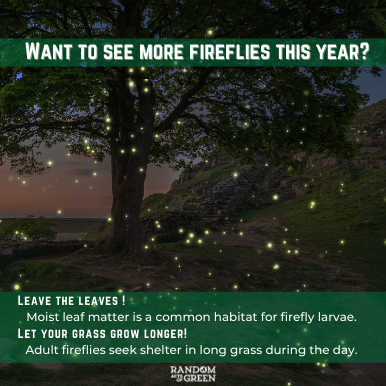Biomimicry: How Fireflies Illuminated LED Light Design
“The more our world functions like the natural world, the more likely we are to endure on this home that is ours, but not ours alone.” Janine Benyus
Explore this firsthand when you learn about how lightening bugs AKA fireflies inspired energy-efficient lights through biomimicry.
Learning from these creatures has inspired humans to make changes big and small.
A global shift to highly efficient LED lights could avoid 800 million metric tons of CO2 emissions a year, equivalent to 684 coal-fired power plants.
We’ve compiled this short blog to tell you more about how fireflies inspired energy-efficient lighting.

Firefly Bioluminescence
Firstly, fireflies are a type of beetle. They make light through a chemical reaction in their abdomen. The light created shines through a layer of their exoskeleton called the cuticle. This cuticle is made up of cell-like structures that stick out at different angles. It is these jagged scales that let out the most light. This is an important discovery in how fireflies inspired energy-efficient lights through biomimicry.

Love Signals In The Dark
Lightening bug flashes are part of a complex system of insect courting. Typically, male fireflies use distinctive patterns of flashing while in flight to send signals to females down on the ground. The female will signal back with a distinctive flash to confirm they are part of the same species. You see, each species has a unique flashing pattern of communication. There are around 2,000 different species of fireflies.

Using Designs Found in Nature to Solve Problems.
Lightening bugs inspired Belgian physicist Jean-Pol Vigneron while conducting research in Central America. Upon closer inspection, he noticed that the jagged misfit scales of the fireflies’ abdomen are where the most light gets out. The tips of these scales protrude like the tilted roof of a factory. Biomimicry is the practice of using designs found in nature to solve human problems. This is how fireflies inspired energy-efficient lights.

How Lightening Bugs Inspired Energy-Efficient Lights
Did you know that nearly 100% of a firefly’s glowing energy is given off as light?
Originally in a standard lightbulb, 10% of the energy is light while the other 90% is given off as heat.
What a waste of energy!
Consequently, scientists applied a jagged overlayer on top of a standard LED bulb with light-sensitive material and then used a laser to create the triangular factory roof profile.
This increased light extraction in LED lights by more than 50%!

Lighting accounts for 15 percent of global electricity consumption and 5 percent of worldwide greenhouse gas emissions.
The lessons we learn from fireflies aid in the development of LED technology and an energy-efficient lighting revolution. That’s why switching your lights to LED’s is one of our Green Actions.
📲 This is a Green Act you can log on our mobile App!
There are over 40+ different Green Acts you can log to help track your impact.
Download it for free to get inspiration on actions you can take to help our planet.
Earn Green Points and redeem for rewards from eco-friendly businesses and services from our member community.

Don’t forget to dispose of old lightbulbs safely.
😱 For instance, one tube-style fluorescent light bulb contains enough mercury to contaminate 5000 litres of water.
❗️ Each year, between 200 and 400 kg of mercury comes into the environment from lamps that are thrown into landfills.
In 2017, 34% of Canadian households reported they throw CFLs directly into the garbage.
💡 EnviroLight Retrofit & Recycling, the social enterprise of Gasonic Group Ltd helps reduce mercury contamination in the environment. Check them out to learn more about light bulb recycling.

➡️ We want to know:
❓ Do you want to see more fireflies?
Take action to attract them to your green space.
- Leave the leaves! Moist leaf matter is a common habitat for firefly larvae.
- Let your grass grow longer! Adult fireflies seek shelter in long grass during the day.

Check out our related blog posts on 10 Ways to Reconnect with Nature.
If you are looking for other ways to support pollinators, participate in Now Mow May!
Share this article in your spheres of influence to let others know why you’re leaving the leaves and why they should too!
Join Our Email Community
Gain exclusive access to green trends, tips, and tricks when you sign up for our free newsletter. Enter your email to join our community of changemakers!
More Blog Posts:

Sustainable LGBTQ Owned Brands and Organizations To Support For Pride Month (and beyond!)
Sustainable LGBTQ owned Businesses to support! Learn about the connection between this community & their inclusion in the environmental movement.

The Guide to Veganuary!
Whether you are going full vegan or starting to eat less meat, our guide to veganuary will help you go plant-based in 2023.





